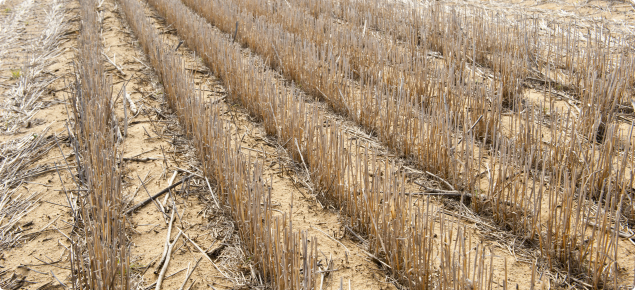Management to increase biomass production can increase soil organic carbon (SOC) where carbon inputs are greater than losses.
To increase SOC, practices must increase organic inputs above current levels, and then sustain that level of input.
Organic amendments such as manure and compost can increase SOC levels – but growers should consider the economic cost and look for local evidence of benefits. An ever increasing number of products claim to increase organic matter in soil or provide agronomic benefits. On-farm strip trials are a great way of sorting out what works and what doesn’t in your own circumstance.
Table 1 provides some management options that may improve long-term SOC levels in agricultural soils (Sanderman et al. 2010, Hoyle et al. 2011).
| Activity | Potential for change | Notes | Influence on profit outcome |
|---|---|---|---|
| Increase biomass of crops and pastures | Low increase |
|
|
| Retain crop and pasture residues on paddock | Low increase |
|
|
| Burn crop and pasture residues | Low decrease |
|
|
| Increasing rotational diversity | Low increase |
|
|
| Increase rotational frequency | Moderate increase | - |
|
| Add a pasture phase | High increase |
|
|
| Manage grazing intensity | Low increase |
|
|
| Cover crop, green manure, pasture cropping | Moderate increase |
|
|
| Apply off-paddock organic amendments such as manures, compost and biochar | Low increase |
|
|
| Maintain low soil disturbance system | Low increase |
|
|
| Increase bare fallow in the rotation | Moderate decrease |
|
|
| Decrease erosion risk | High increase | - |
|
| Retirement of non-productive areas | Low increase |
|
|
| Revegetation and destocking of cleared areas | Moderate increase |
|
|
| Irrigation | Moderate increase |
|
|

